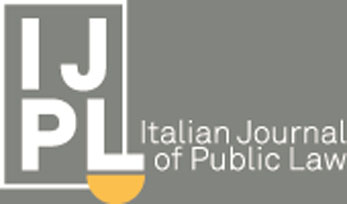Costanza Nardocci
Building on the diverse legal statuses of European Union law and international human rights law, especially that deriving from the Council of Europe (CoE), within the sources of the law of the domestic constitutional system, the Article discusses the current state of the art of the legislative approaches to AI in the European and supranational scenarios.
It departs from the European Union’s never-ending debate on the controversial and desired contents of the Artificial Intelligence Act in light of its implications in terms of AI’s definitions, risk assessments, liability strategies, and selection of prohibited AI technologies, to then go on exploring the CoE’s fast-growing activism towards the adoption of the first international human rights treaty on AI (the Revised ‘Zero Draft’ of the [Framework] Convention on Artificial Intelligence, Human Rights, Democracy and the Rule of Law).
The comparison between the two normative approaches unveils the heterogenous rationale of the acts alongside their respective impact and traits: still strongly and almost exclusively bound to a privacy-based approach the EU’s Artificial Intelligence Act, and, vice versa, more inclined to endorse a truthful human rights-based approach the CoE.
Eventually, the Article argues the urge for a mutual exchange between the two international organizations suggesting, that AI regulatory framework should adequately respect a human-centered approach reflecting the shared principles enshrined in national Constitutions and supranational human rights law treaties.
